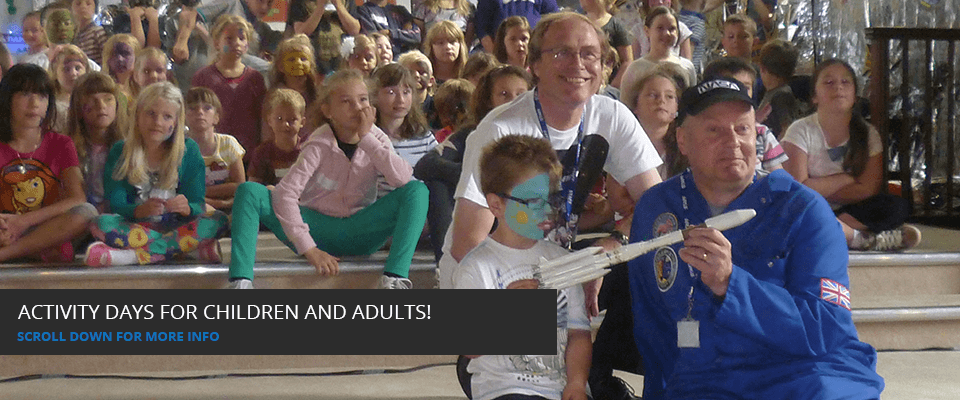
Dominic Curran welcomes Mr Martin Lunn, OBE, FRAS to the April meeting of keighley astronomical society.
Mr Martin Lunn OBE, FRAS was the guest speaker at this months meeting of Keighley astronomical society. Mr Lunn is the founder an operator of neighbours Earby astronomical society. One of Mr Lunn’s previous posts has been the astronomer in residence at the York museum.
His presentation was on the collaborative work carried out at York between two distantly related cousins, John Goodricke and Edward Piggott. ‘The fathers of variable star astronomy’.
John Goodricke,was born in 1764, in Groningen in the Netherlands, but lived most of his life in England. He became deaf in early childhood due to a severe illness. His parents sent him toThomas Braidwoods Academy, a school for deaf pupils in Edinburgh, and in 1778 to the Warrington Academy.
After leaving Warrington, Goodricke returned to live with his parents in York. There, he became friends with his neighbour Edward Pigott, whose father Nathaniel Pigott had built a sophisticated private observatory. Edward was already interested in variable stars, and he gave Goodricke a list of those that he thought were worthy of observation.
Goodricke is credited with discovering the periodic variation of Delta Cephei, the prototypical example of the Cepheid variable stars.
Although several stars were already known to vary in apparent magnitude, Goodricke was the first to propose a mechanism to account for this. He suggested that Algol is what is now known as an eclipsing binary. He presented his findings to the Royal Astronomical Society in May 1783, and for this work, the Society awarded him the Copley medal for that year. He was elected a Fellow of the Royal Society on 16 April 1786. He never learned of this honour however, as he died four days later from pneumonia.
Edward Pigott was the son of the astronomer, Nathaniel Pigott. Pigott’s work focused on variable stars. Educated in France his family moved to York in 1781.
In 1784, Pigott informed the Royal society of his discovery of a new variable star. This was Eta Aquilae which he had identified the previous year. He also discovered a comet on the 19 November 1783 and became the first Englishman to discover a comet and have it named after him. He corresponded with leading astronomers of the day including William Herschel and Nevil Maskelyne.
Pigott’s notebooks survive at the York city archives.

This is a view of the Treasurer’s House, York, taken from the (south) Front of the house, viewed from the western corner of the garden. The house was renovated, between 1897-1914.
Between October 2005 and March 2006 Mr Lunn liaised with Sean Ellingham and James Valner students from the University of York undertook a project to find the position of Goodricke’s observatory using the data he recorded. A 1949 study by Sidney Melmore had shown that Goodricke worked from the Treasurer’s House (now owned by the National Trust) very near York Minster. By re-creating Goodricke’s observations, the two York students were able to conclude that he had observed from the eastern-most window of the second floor, looking south towards the Minster.

Society secretary Dominic Curran welcomes both Martin Lunn and Brian Jones to Keighley astronomical society.










